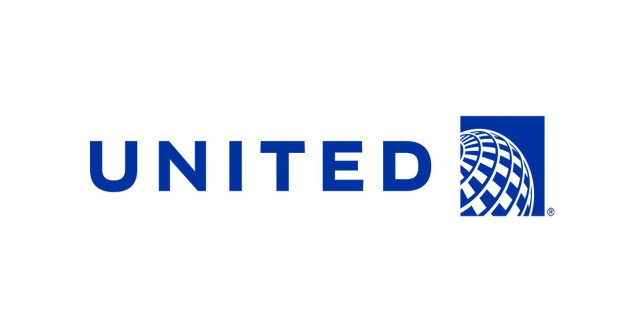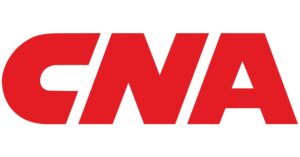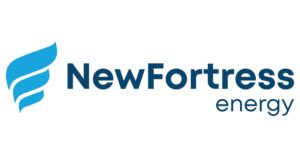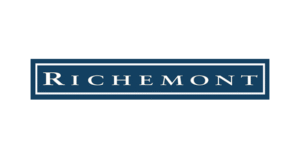- United Airlines reported an EPS of $2.78, surpassing the estimated $2.65, marking a positive surprise of 5.3%.
- The company generated revenue of $15.23 billion for the quarter, a 2.6% increase year-over-year, though slightly below expectations.
- Despite challenges, United Airlines is expanding its flying capacity and focusing on customer loyalty through new technology and services.
United Airlines Holdings, Inc. (NASDAQ:UAL) is a major player in the airline industry, known for its extensive network and customer-focused services. The company operates a large fleet, offering both domestic and international flights. United competes with other major airlines like Delta and American Airlines, striving to maintain its market position through strategic growth and innovation.
On October 15, 2025, United Airlines reported earnings per share (EPS) of $2.78, exceeding the estimated $2.65. This positive surprise of 5.3% is significant for investors, as highlighted by the Zacks Consensus Estimate. However, the EPS is a decrease from the $3.33 reported in the same quarter last year, indicating some challenges in maintaining profit levels.
United Airlines generated a revenue of $15.23 billion for the quarter ending in September 2025. This marks a 2.6% increase from the previous year, yet it fell short of the Zacks Consensus Estimate of $15.3 billion by 0.51%. Despite this, the company has only surpassed consensus revenue estimates once in the last four quarters, showing a pattern of revenue challenges.
The airline’s strategy includes expanding its flying capacity by over 7%, even as some competitors scale back due to an oversupply of flights. However, United experienced a decline in unit passenger revenue, with a 3.3% decrease for domestic travel and 7.1% for international travel. CEO Scott Kirby remains optimistic, focusing on customer loyalty through new technology and services.
Financially, United Airlines has a price-to-earnings (P/E) ratio of approximately 10.29, reflecting the market’s valuation of its earnings. The company’s price-to-sales ratio is about 0.58, indicating a relatively low market valuation compared to its revenue. With a debt-to-equity ratio of approximately 2.45, United Airlines shows significant financial leverage, which is crucial for its growth strategy.




